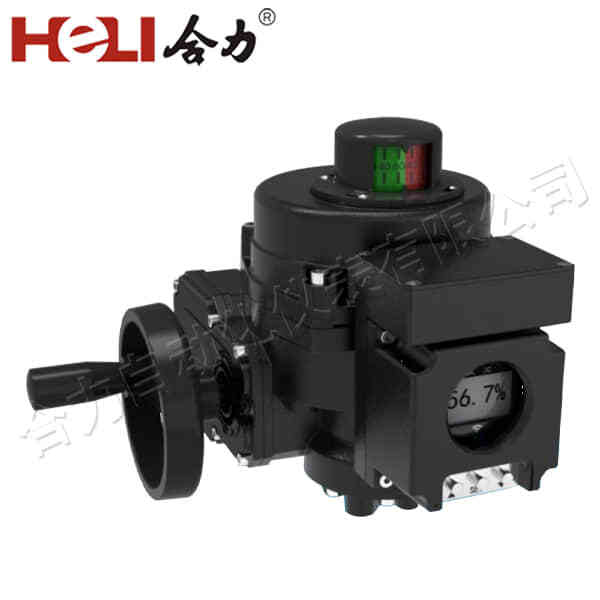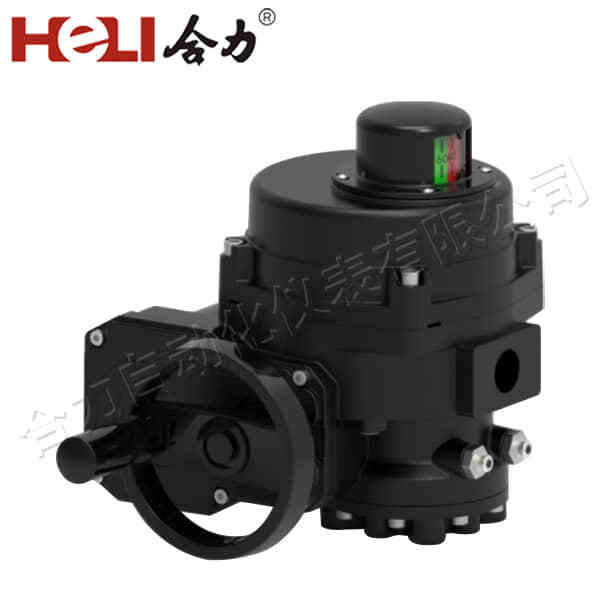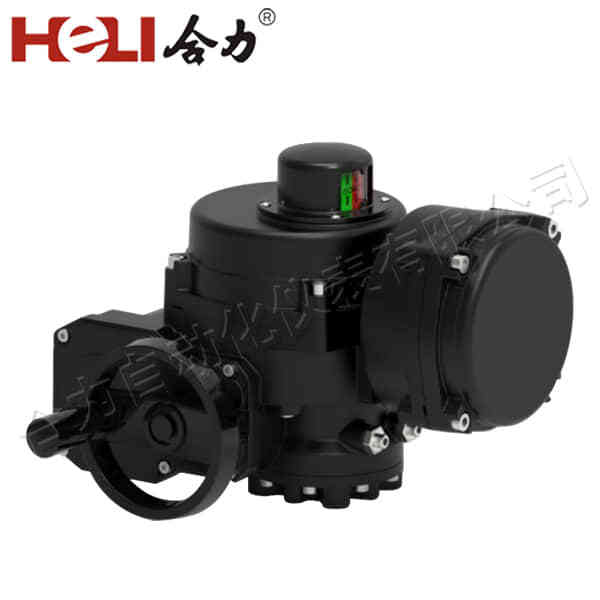Electric actuators are becoming increasingly vital in various industrial, automotive, and automation applications due to their efficiency, precision, and reliability. As technology continues to advance, the demand for more efficient, responsive, and flexible actuation systems is on the rise. Electric actuators provide a range of benefits over traditional pneumatic and hydraulic actuators, making them an attractive option for a wide array of tasks. This article explores the key aspects of electric actuators, their working principles, applications, and advantages.

What is an Electric Actuator?

An electric actuator is a mechanical device that converts electrical energy into mechanical motion. It is used to control the movement of a system or component, typically through a rotational or linear movement. Electric actuators are powered by electric motors, which drive gears or lead screws to create motion. This type of actuator is a crucial component in automation systems, where precise and reliable movement is required. Unlike traditional pneumatic or hydraulic actuators, which rely on compressed air or fluid to create movement, electric actuators use electrical power, making them more energy-efficient and easier to integrate with modern control systems. The simplicity of electrical control systems allows for easier automation and fine-tuned adjustments, which are often necessary in applications where high accuracy is required.

Leave a Reply